SHARE THIS POST
The COVID-19 pandemic, commonly referred to as coronavirus, has made us all more aware of what we touch on a day to day basis. Over the past few years, many businesses and public services have implemented touchscreen displays to make the customers’ experience more efficient. touchscreens have been implemented in restaurants, doctor offices, banks, malls, grocery stores and many other businesses where human contact can be limited. While the main benefit of touchscreen displays during the coronavirus is clear, no face to face contact with another human being, there can still be negative consequences of using touchscreens that are not properly maintained. The hygiene and safety of touchscreens are becoming a huge concern. 
The Daily Benefits of Touchscreen Use
Touchscreens are used to accelerate the speed of service for a business. They allow customers to serve or find information themselves and can prevent long queues and help with customer dissatisfaction. Touchscreens can make our lives more efficient and extend the capabilities of their applications. By eliminating traditional button displays, more compact modules with twice as many functions can be created. These compact modules are sleeker and aesthetically pleasing which can increase the value for consumer electronics. There are continuous improvements, software updates, and new features that can be made on your touch displays to adapt to changing needs.
How Touchscreen Technology Helps Limit the Spread of Infectious Diseases
Touchscreen displays are more sanitary than the traditional button and knob displays. Button displays attract dirt and moisture and harbor bacteria between the keys that make them more difficult to clear, which eventually causes certain functions to stop working. With touchscreens being one continuous surface, there’s less space for germs and bacteria to hide and duplicate. If proper disinfectants are used, touch displays are easier to clean and can help limit the spread of infectious diseases through touch. Touchscreens also limit face-to-face interactions, which is especially beneficial in situations where social distancing can and should be achieved. Touchscreens play a huge role in helping protect those who are considered high risk for falling ill and needing intensive care. While there are many benefits to touchscreens, there are concerns surrounding them when improperly maintained.
Hygiene Concerns Surrounding Touchscreens
In 2018, a study was reported by Metro UK. and was conducted by Dr. Paul Matewele, a senior professor in microbiology at London Metropolitan University. Dr. Matewele visited 8 different locations in the UK of a popular fast-food chain and swabbed their touchscreen ordering machines. All 8 ended up testing positive for various bacteria including fecal matter. This doesn’t mean that the displays were not cleaned or were designed in a poor manner. One problem may have been not using a strong enough disinfectant cleaner. Dr. Matewele’s study shows the concern of touchscreen displays even before the coronavirus pandemic had occurred. 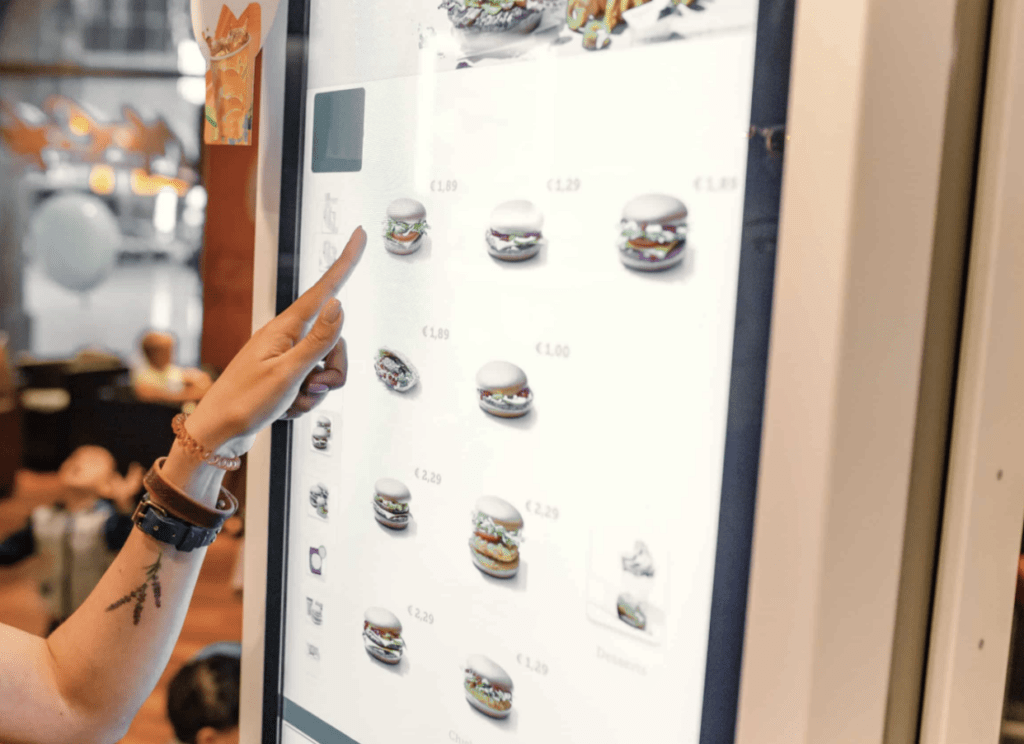
What Kind of Bacteria are Found on Touchscreens
One of the common bacteria found on screens is Enterococcus faecalis (E. faecalis). These bacteria commonly end up on touchscreens when people do not wash their hands after using the bathroom. It occurs naturally in our stomachs and intestines, even if we are healthy. E faecalis is known for causing hospital-acquired infections. Another bacteria that is commonly found on touch displays is staphylococcus (staph). Staph infections are caused by bacteria that are typically found on our skin or in our noses. Staph bacteria can also be found in healthy individuals. A majority of the time, staph infections are relatively minor. However, some strains are becoming resistant to common antibiotics and are increasingly difficult to treat. Staphylococcus is known to cause food poisoning with symptoms developing and dissipating rather quickly. Once you touch a surface, like a touchscreen, those bacteria are on your hands and can then travel to whatever you touch after. Many touchscreen bacteria can be extremely contagious. Even if the infections are minor, people who are immunosuppressed are at risk of developing severe and sometimes fatal infections.
How Display Companies are Helping Create Health-Conscious Touchscreens
- 1. One of the main advantages of a touchscreen over traditional button displays is that it is one continuous surface. Manufacturing a touch display that is flush edge-to-edge is the first step in creating health-conscious touchscreen displays. This makes it difficult for bacteria to settle in hard to reach areas and makes it easier to clean.
- 2. Projective capacitive touchscreens allow for operational use without direct contact to the touch sensor. A user can interact with the touchscreen while using gloves or a stylus. This technology allows users to interact with touch displays to their maximum capacity while still protecting themselves and others from bacteria that may be on the screen.
- 3. Antimicrobial coatings can be manufactured on a touchscreen to kill or limit the growth of common bacteria.
- 4. If fixed-function buttons are required, a touch display can be manufactured where they are part of a single, uninterrupted glass surface. This will maintain functionality but still allow for easy cleaning.
- 5. In order to be user friendly, touch displays can be designed with dimples, grooves, and dials. The display glass remains unbroken but can be used by people with visual impairments.
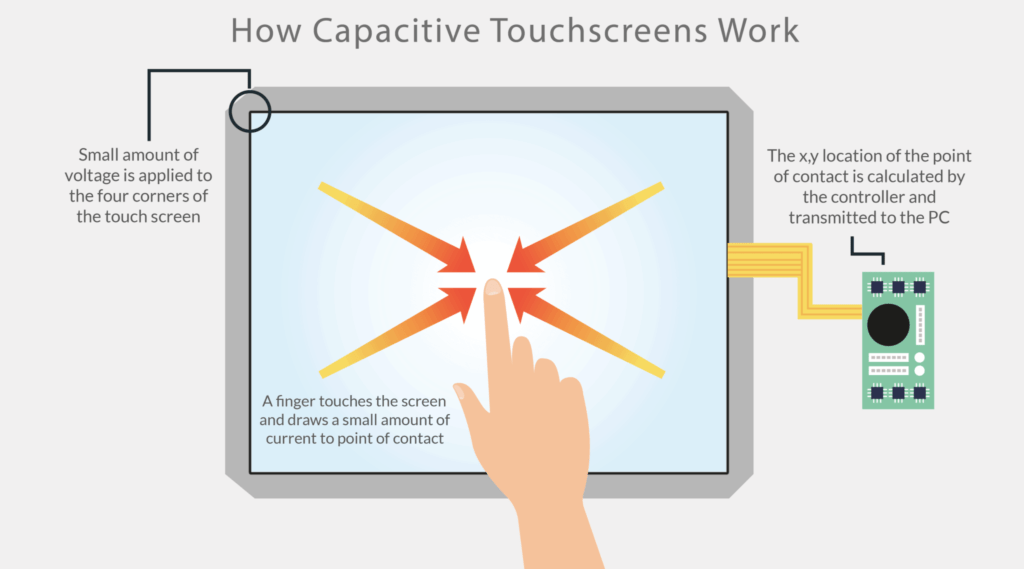 How Businesses Can Help Keep Displays Safe and Clean
How Businesses Can Help Keep Displays Safe and Clean
- 1. Disinfection Policies
-
- Implementing written disinfection policies will help create a clean and healthy environment for customers and employees. It is important to educate employees on the danger of germs within their work environment. Disinfection policies will also help minimize employee sick days, keeping the business running.
- 2. Disinfection Products
- Businesses should utilize non-toxic commercial-grade cleaning products. Commercial-grade cleaning products contain certain chemicals that kill various types of viruses on your touchscreen displays. These cleaning solutions are formulated to meet government safety standards.
- 3. Cleaning During Business Hours
- To help limit the spread of surface bacteria, businesses must perform routine cleanings of their touchscreen displays and high contact surface areas. By scheduling regular wipe downs of high use surfaces throughout the workday, the risk is being limited to infection for employees and customers.
- 4. Customer Sanitation
- By providing convenient centrally located sanitation stations you will encourage customers and clients to take part in limiting the spread of germs. Placement of sanitizer dispensers next to your touchscreen will also encourage customers to use before and after engaging with the display.
Conclusion
In conclusion, touchscreen technology not only makes our lives easier and more efficient, but they are more hygienic than traditional button displays. Buttons and knobs are common nesting places for bacteria and are difficult to reach when cleaning. It is important to take proper safety precautions such as washing your hands frequently and avoiding touching your face when using touch displays, especially during COVID-19. No surface or display screen is completely immune to bacteria. Touchscreens that are poorly maintained can attract harmful bacteria such as Enterococcus faecalis, staphylococcus, common cold, and flu viruses, as well as COVID-19. However, with proper precautions and sanitation measures, touchscreen displays can help limit direct contact with potentially infected persons. Business and display manufacturers can also do their part in limiting the spread of harmful bacteria. All businesses should implement sanitation policies and conduct a consistent thorough cleaning of their touchscreen displays and other high touch surfaces with commercial-grade cleaners. At E3 Displays, we produce flush edge to edge projected capacitive touch displays that are easy to clean and can be used with gloves or a stylus. Installation of antimicrobial films can also be added to limit the growth of bacteria and allow your touchscreen display to be cleaned with harsh chemicals without damaging the display itself. Touch displays are all around us and with these steps, we don’t have to sacrifice modern technology that makes our lives easier and more efficient.
About E3 Displays:
Ruggedization and dependability are needed for consumer and commercial touchscreen displays. E3 provides solutions that give your business more peace of mind during the coronavirus pandemic. With over 20 years of combined experience in display technology, E3 Displays can develop and manufacture your custom touch display all in one place. With customer-centric solutions featuring strategic planning, competitive pricing, longevity, and support, we ensure the best products on the market. E3 Displays can help by outfitting POS systems, mobile ordering devices, medical displays, and more with anti-microbial films to make them easier to clean and inhibit the growth of bacteria and fungi. Projected Capacitive touchscreens, antimicrobial film enhancements, and proper sanitation are some of the most important steps in making touchscreens more hygienic. We are all part of limiting the spread but it can start at display manufacturing. Take the proper steps now during Covid-19 to ensure you are protecting all that may encounter your touchscreen display, now and in the future to come.

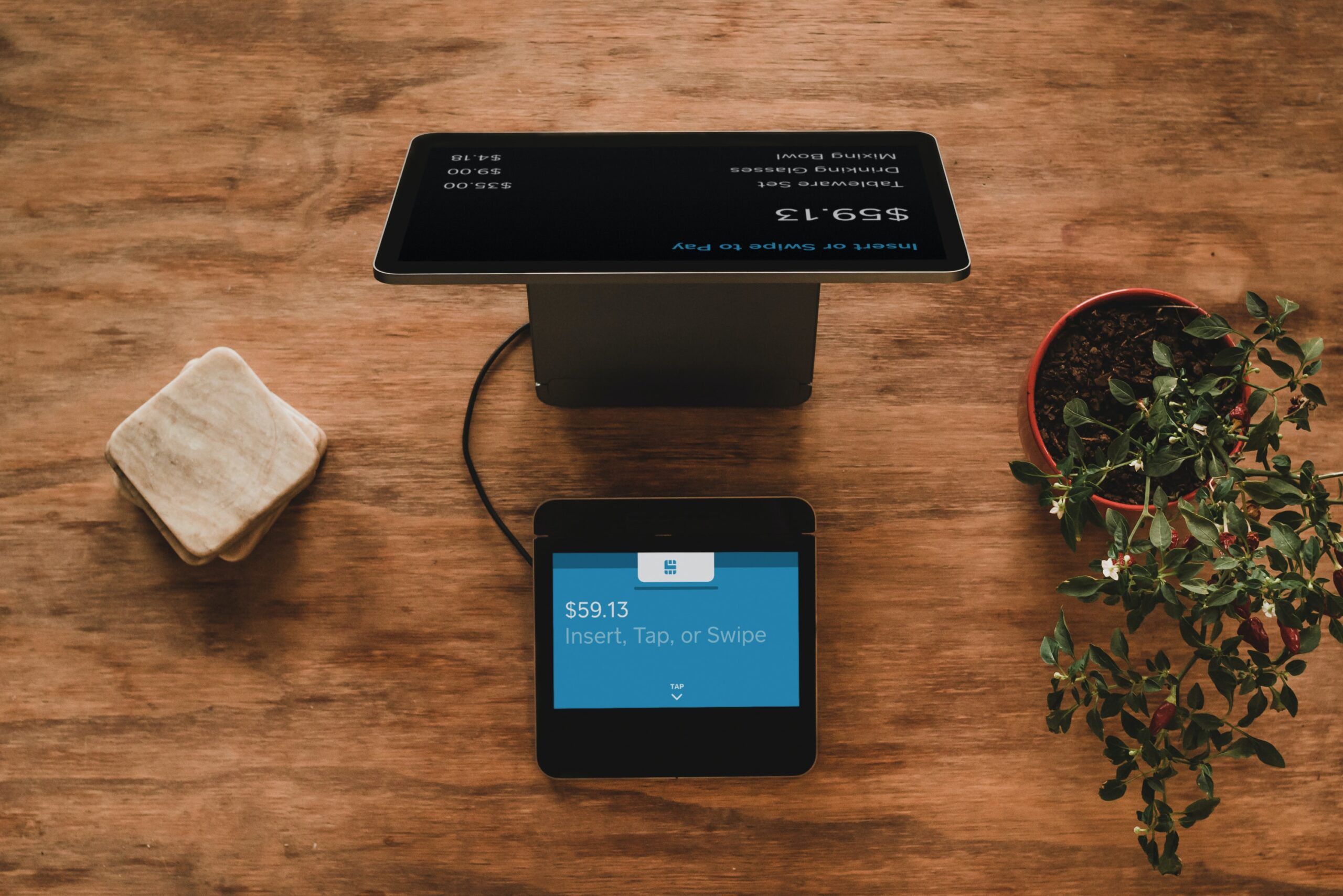
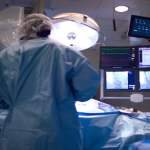


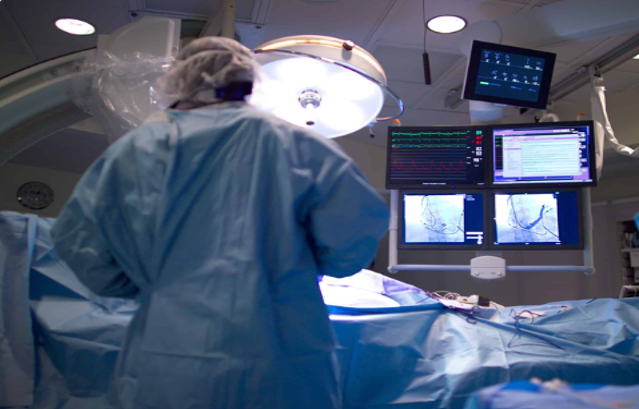


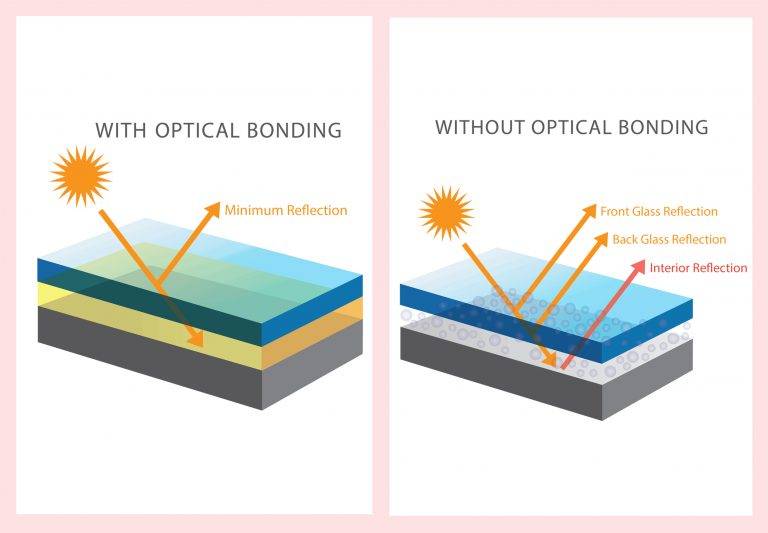
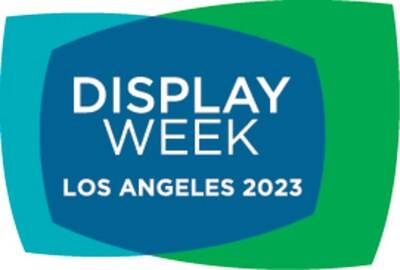
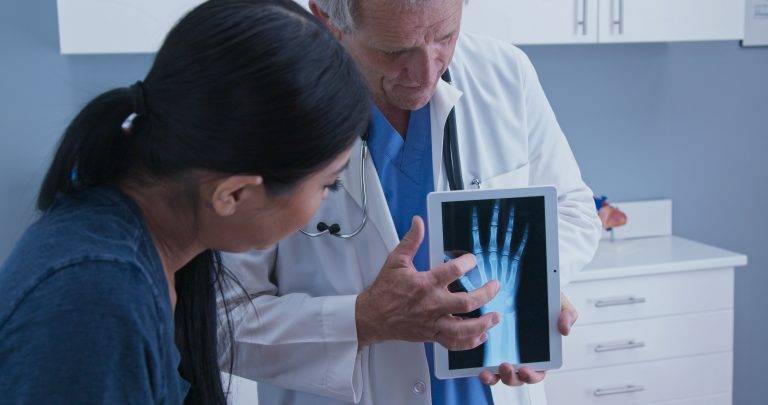



 Submit your project information
Submit your project information Speak with an expert display advisor
Speak with an expert display advisor